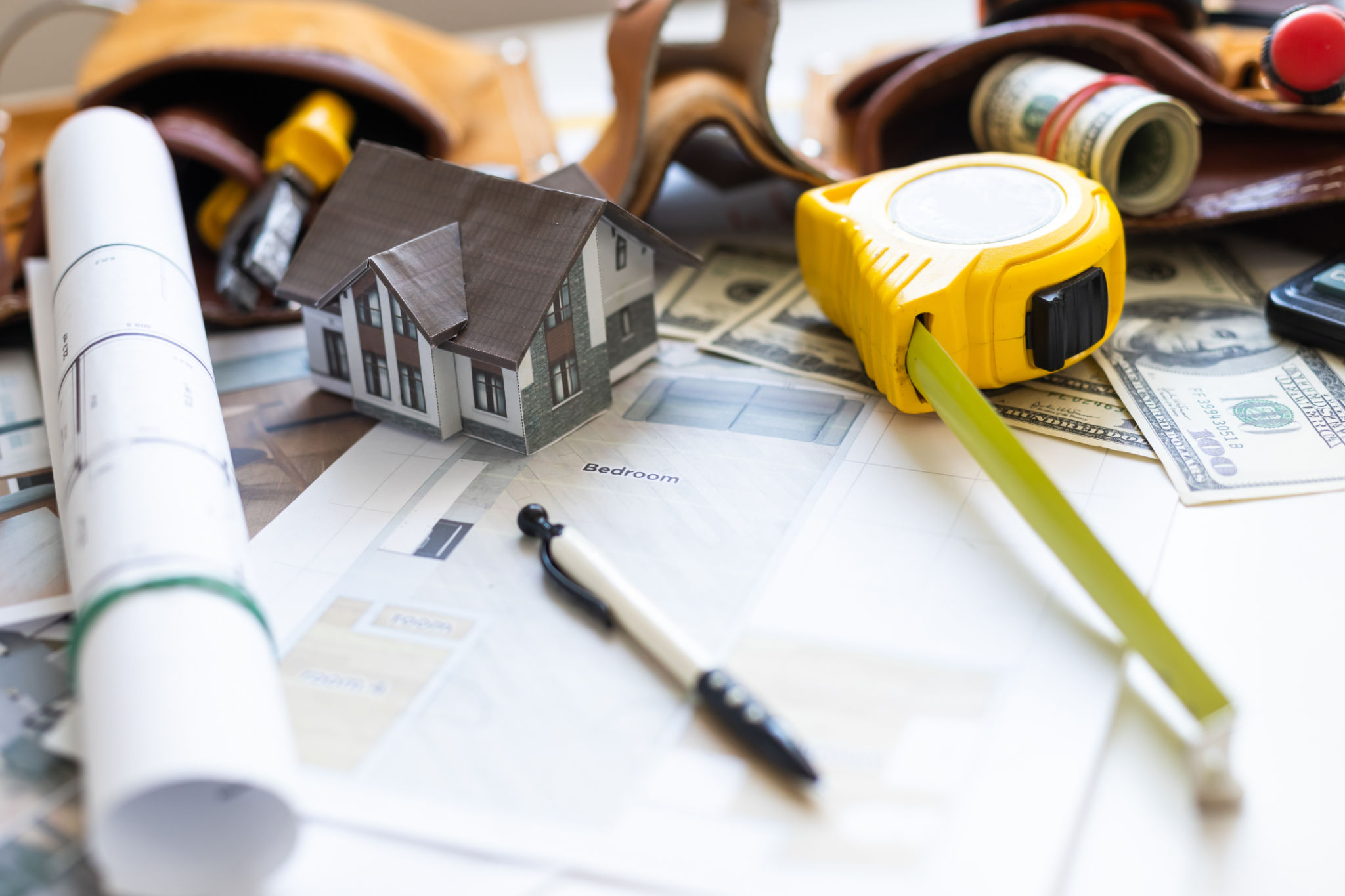The Ultimate Guide to Appliance Installation: What You Need to Know
Understanding the Basics of Appliance Installation
Installing appliances may seem straightforward, but it requires knowledge and preparation to ensure everything functions correctly. Whether you're upgrading your kitchen or adding a new appliance to your laundry room, understanding the basics is essential for a smooth installation process.
Before you begin, make sure you have all the necessary tools and materials. This might include a screwdriver set, level, measuring tape, and possibly a dolly for moving heavy items. Having these tools on hand can help you avoid unnecessary delays.

Preparing Your Space
One of the most crucial steps in appliance installation is preparing the space where the appliance will be placed. Start by measuring the area to ensure your new appliance will fit properly. Remember to account for any doors that need to open or additional clearance required for ventilation.
It's also important to check for existing utility connections such as water lines, gas lines, or electrical outlets. Ensuring these are in place before installation can save time and prevent future headaches. If you're unsure about any hookups, consider consulting a professional.
Clearing the Area
Clear out any items or obstacles that may be in the way of your installation space. This includes moving furniture, rugs, or other appliances that might obstruct the process. A clear path will not only make it easier to move the appliance but also reduce the risk of damage.

Step-by-Step Installation Process
Once your space is prepared, you can begin the installation. Follow these basic steps for most appliances:
- Position the Appliance: Carefully place the appliance in its designated spot. Use a level to ensure it's even.
- Connect Utilities: Attach any necessary water, gas, or electrical lines. Double-check connections to avoid leaks or electrical issues.
- Secure in Place: If applicable, anchor the appliance according to manufacturer instructions to prevent movement during use.
- Test Functionality: Once installed, test the appliance to ensure it's working correctly. Address any issues immediately.

Troubleshooting Common Issues
Even with careful planning, issues can arise during installation. Common problems include uneven placement, leaks, or electrical connectivity issues. If you encounter difficulties, use online resources or manuals for troubleshooting tips. Sometimes, seeking professional help is the best course of action.
When to Call a Professional
While many installations can be done independently, there are times when professional assistance is necessary. Gas appliances, complex electrical hookups, or built-in units often require expertise beyond basic DIY skills. Hiring a professional can ensure safety and compliance with local regulations.
Additionally, if you're uncomfortable with any part of the installation process or if something doesn't seem right during testing, it's wise to consult an expert. Investing in professional help can save time and prevent costly mistakes.
Maintaining Your Appliances
After your appliances are installed, regular maintenance is key to prolonging their lifespan. Follow manufacturer recommendations for cleaning and upkeep. Periodically check connections and replace any worn parts as needed.
A well-maintained appliance not only performs better but also contributes to energy efficiency, saving you money in the long run.
